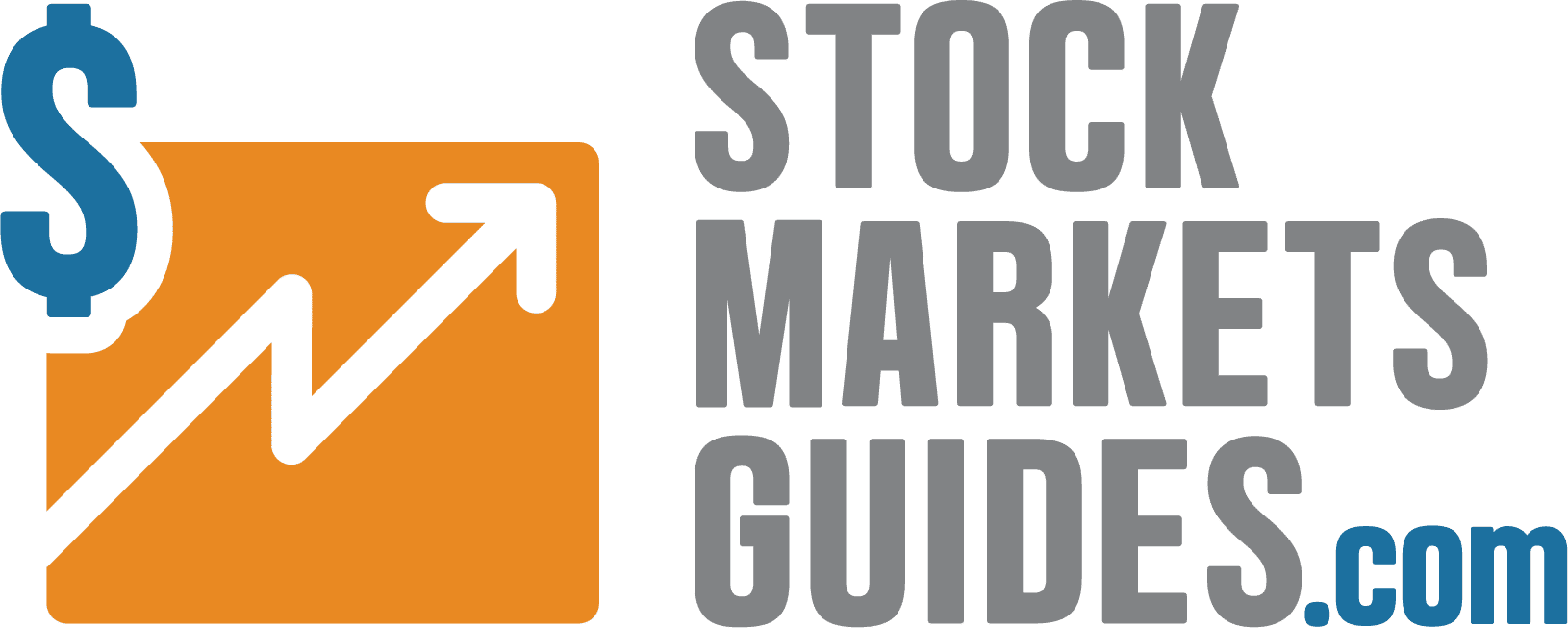The Nasdaq is the second largest stock exchange in the world, attracting lots of traders. One popular way to trade the Nasdaq is by using technical analysis.
Technical analysis looks at past price patterns and market trends to predict future movements. In this post, we’ll explain what technical analysis is and how you can use it to trade the Nasdaq. We’ll cover different indicators and chart patterns to help you make better trading decisions.
Whether you’re a beginner or an experienced trader, this guide will help you understand technical analysis and how to apply it to trade the Nasdaq successfully. Let’s get started and discover the potential of this trading strategy.
NOTE: You can get your free Nasdaq technical analysis PDF guide below.
What is the Nasdaq
The Nasdaq is an acronym for National Association of Securities Dealers Automated Quotations.
This is the second largest stock market in the world, and it is based in the US.
The Nasdaq was one of the first electronic stock markets in the world that could provide automatic quotes.
To be listed in the Nasdaq, there are many requirements. However, you will find that the biggest companies in the world are listed on the Nasdaq, which includes some of the biggest technology companies.
Some companies you may be familiar with listed on the Nasdaq are Apple and Tesla.
What is Nasdaq Technical Analysis
Technical analysis involves using strategies that look at price movement and key indicators.
While many people will use price action for their technical analysis, many others will use price action combined with indicators.
Some of the most popular indicators used in technical analysis include moving averages and the RSI.
A trader using technical analysis is looking to analyze what price has recently done and where it could soon look to move to.
This can be handy for finding new trading opportunities or for managing trades, for example, moving stop losses or profit targets.
Because charting packages are becoming more advanced, technical analysis is becoming more and more popular.
Because you can go more in-depth and analyze the technical analysis of different markets, the information is more precise.
The example chart below shows how technical analysts may set up charts. You will see that there is raw price action showing when the price moved higher or lower, and an indicator called the moving average to indicate a potential trend.
How to Trade the Nasdaq
The two most common ways of trading the Nasdaq are;
- Investing for more extended amounts of time.
- Trading with shorter time frames, looking to profit from the smaller price movements.
If you are looking to invest in the Nasdaq you are looking to buy and hold for a decent amount of time and hopefully profit as the price rises over time.
If you are looking to trade the Nasdaq, you will be making a lot more short-term trades. However, if you are trading the Nasdaq with shorter time frame trades, you can also look to make long and short trades.
The most common ways to trade the Nasdaq include using CFD’s.
With a CFD, you are trading a contract that tracks the price of the Nasdaq. One benefit of using CFD’s to trade the Nasdaq is that you can use leverage to trade larger positions. You can also make long or short trades.
CFDs are very popular in today’s markets as they have small trading costs and can be used in many different markets.
Nasdaq Support and Resistance Levels
One of the most commonly used technical analysis strategies is support and resistance levels.
Support and resistance levels work so well because price tends to repeat history.
The two ways you can look to use support and resistance levels are;
- Look for the support/resistance level to hold and make a trade looking for a reversal.
- Looking for the support/resistance level to break and to make breakout trades.
The example chart below shows clear support and resistance levels in play.
If you were looking to use the support level, then you could look to make a buy trade when the price moves into support.
On the flip side, if the price moves higher and into a resistance level, you could potentially look for a short trade and for the price to move back lower and away from resistance.
Nasdaq 100 Forecast Today
One of the handiest tools for any trader looking to trade the Nasdaq is the Trading View Nasdaq gauge.
This gauge shows whether the market is a buy or a sell and how strong the sentiment is.
The Trading View Nasdaq is created using indicators such as moving average, pivots, and oscillators.
You can use the Trading View Nasdaq gauge here.
An example of this gauge is below.
NOTE: You can get your free Nasdaq technical analysis PDF guide below.
Lastly
Trading the Nasdaq with technical analysis can take some time to master.
If you want to use technical analysis to make profitable trades, you must be prepared to work at it and refine your strategy.
You are also recommended to test any new potential strategies with a free demo account where you are not risking any real money.
Stock Markets Guides content team.



